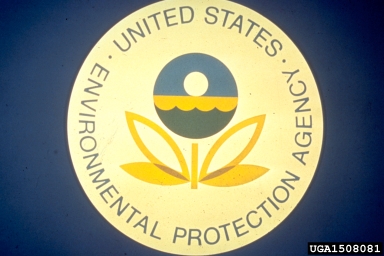 Photo: USDA Forest ServiceToday marks the release of the long-awaited EPA analysis of the American Power Act, Kerry and Lieberman’s climate bill. It could not come at a more consequential time: the decision about whether to include a carbon cap in the impending energy bill will be made in the next few days. Along with Obama’s speech tonight, the EPA’s analysis will play a big role in guiding that decision. It also comes on the heels of news from NOAA that global temperatures in May were the warmest on record. Tick-tock …
Photo: USDA Forest ServiceToday marks the release of the long-awaited EPA analysis of the American Power Act, Kerry and Lieberman’s climate bill. It could not come at a more consequential time: the decision about whether to include a carbon cap in the impending energy bill will be made in the next few days. Along with Obama’s speech tonight, the EPA’s analysis will play a big role in guiding that decision. It also comes on the heels of news from NOAA that global temperatures in May were the warmest on record. Tick-tock …
So what’s the verdict? Overall, EPA finds that the impacts of APA will be broadly similar to the impact of the House’s American Clean Energy and Security Act (ACES), i.e., affordable. Here are key takeaways:
- The impact on U.S. consumers will be “modest.” Says the report: “Average household consumption is reduced, relative to the no-policy case, by 0.0-0.1% in 2015, by between 0.0-0.2% in 2020, by 0.2-0.5% in 2030, and by 0.9-1.1% in 2050.” Averaged over 2010-2050, households will pay an extra $79 to $146 a year. Not exactly a steep price to pay to avoid catastrophe. (Incidentally, overall household consumption will continue to rise, even with the mild constraints of the bill.)
- EPA’s analysis only measures costs; it does not measure benefits. Specifically, it does not include the benefits of avoiding climate change. If you think that’s absurd, well, you’re right. As Michael Livermore wrote last week, the “all costs no benefits” method of analysis utterly distorts lawmakers’ perspectives. Obviously if the costs of unrestrained climate change were included, the bill would look like a screaming bargain.
- Energy-intensive and trade-expose industries are held harmless. To quote: “the allowance allocations in H.R. 2454 [which are roughly the same as APA’s] can essentially eliminate any adverse effect that a cap-and-trade program would otherwise have on energy-intensive trade-exposed industries’ international competitiveness, and can thereby prevent emissions leakage that might otherwise arise if such a program were to reduce the competitiveness of U.S. industry.”
- Offsets hold the cost of compliance down, but the limits on offset use are never reached. Overall, domestic offsets would account for about 18 percent of total reductions, and international offsets would account for another 18-29 percent, depending on how many are used.
- Several key provisions are not included in the EPA model. These include, for example, “lighting standards, new regulation for offshore oil and gas extraction, powering vehicles with natural gas provisions, and GHG tailpipe standards.” For these and many other reasons, “uncertainties remain that could significantly affect the results” of the analysis. (What EPA won’t say: this kind of modeling is worth about as much as throwing darts at a dartboard.)
For reasons I’ve written about before — and discussed with energy wonk Trevor Houser — this kind of modeling tends to overestimate costs and underestimate the benefits of climate legislation. Even with those weaknesses, however, the analysis still shows costs that are, in the grand scheme of GDP growth between now and 2050, tiny.
Cost is simply not a credible reason to oppose a carbon cap.
I’ll update this post if Kerry and Lieberman say anything in their press conference introducing the EPA report.



